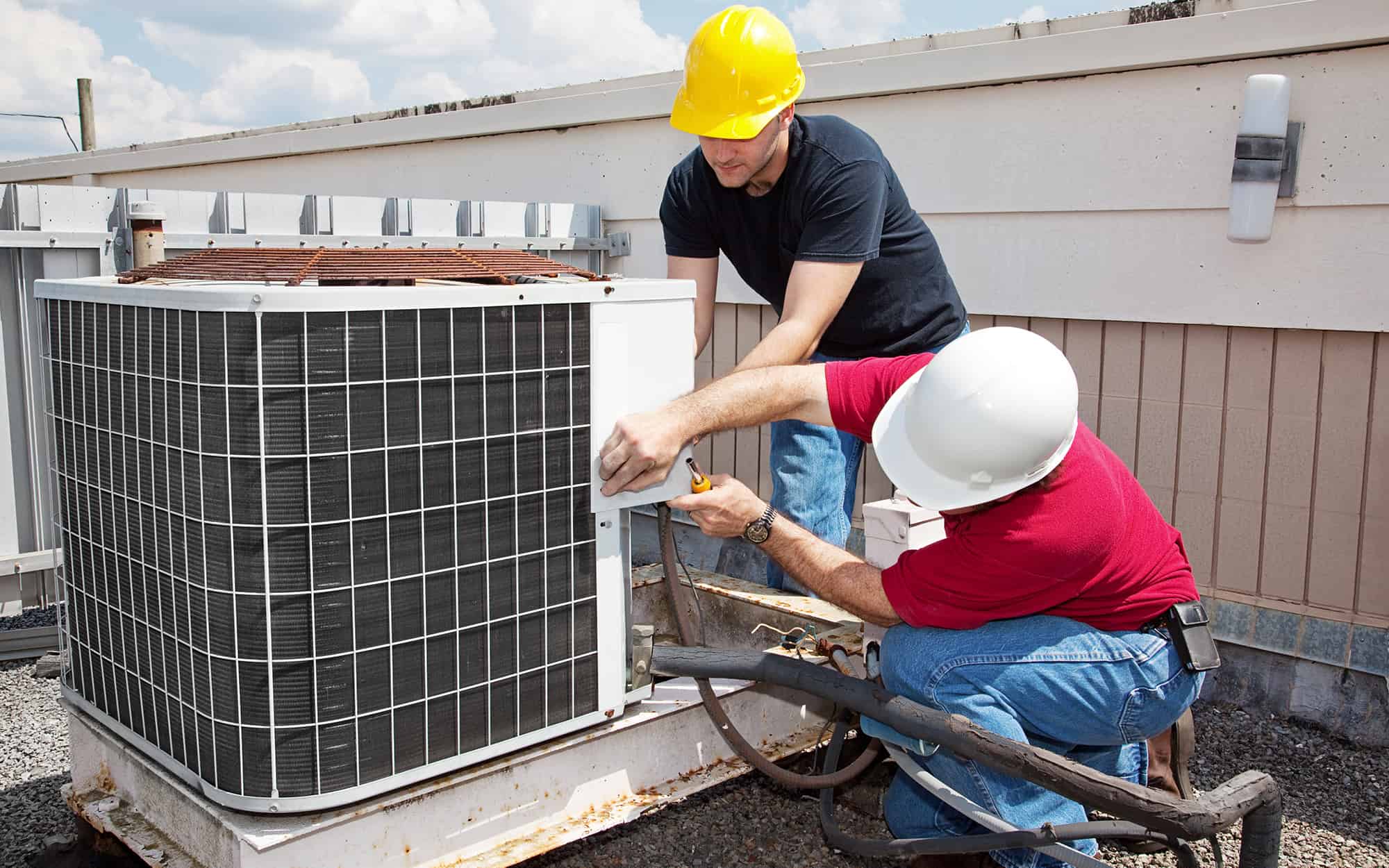
Indoor pollutants jeopardize employee health and lead to numerous financial issues. Fortunately, indoor air quality monitoring provides critical insight into air level purity and allows adjustments to be made accordingly.
Continue reading to learn more about the importance of indoor air quality monitoring and how it plays a vital role in keeping business environments safe and productive.
Understanding Indoor Air Quality Monitoring
By understanding the importance of indoor air quality monitoring, you can ensure your employees consistently experience comfortable and healthy working environments.
What Is Indoor Air Quality Monitoring?
Indoor air quality monitoring is the process of continuously or periodically measuring and assessing air conditions within indoor spaces, such as homes, offices, schools, or industrial facilities. It involves the use of various sensors and instruments to detect and analyze key air quality parameters like temperature, humidity, particulate matter (PM), volatile organic compounds (VOCs), carbon dioxide (CO2), carbon monoxide (CO), and various other pollutants and contaminants.
The primary purpose of indoor air quality monitoring is to ensure that the air occupants breathe is safe, healthy, and comfortable. It helps identify potential issues like high levels of pollutants, inadequate ventilation, or the presence of allergens. Monitoring data can be used to take preventive or corrective actions, optimize HVAC systems, or comply with air quality regulations, all of which result in improved indoor air quality for occupants.
What Contributes to Indoor Air Quality?
Many components contribute to the quality of indoor air. These include air pollutants such as dust, mold, volatile organic compounds (VOCs), particulate matter, and gases like carbon monoxide and carbon dioxide. Other environmental factors like temperature, humidity, and ventilation also play a vital role in maintaining good indoor air quality.
Why Is Indoor Air Quality Monitoring Necessary?
Monitoring indoor air quality isn’t limited to avoiding health problems. It also aids in creating a healthy working environment, reducing energy consumption, and preventing upcoming air quality problems.
How Poor Indoor Air Quality Affects Your Health
Poor indoor air quality can have both short-term and long-term effects on your health. Common effects include:
- Respiratory illnesses
- Coughing
- Carbon monoxide poisoning
- Asthma-like symptoms
- Sore throat
- Allergic reactions
- Fatigue
- Scratchy skin
- Dizziness
- And more
There is also a clear link between indoor air pollution and disease. It is estimated that 2 million premature deaths each year are attributed to indoor air pollution, significantly more than are caused by outdoor air pollution. Indoor air pollutants, such as radon and asbestos, are confirmed to cause cancer, with several more being suspected.
Implementing Indoor Air Quality Monitoring
With the rise of air sensor technology, implementing indoor air quality monitoring has become more straightforward and efficient than ever. Proper utilization of indoor air quality monitors allows for early detection of upcoming air quality problems.
Modern Methods of Indoor Air Quality Monitoring
Innovative developments in air quality sensors have paved the way for versatile indoor air pollutant monitors. These devices measure specific air pollutants in indoor spaces, such as volatile organic compounds, carbon monoxide, carbon dioxide, fine particulate matter, and others. Advanced monitors detect and record changes in environmental factors like temperature and humidity.
A noteworthy innovation is the Air Sensor Toolbox developed by the Environmental Protection Agency (EPA). This toolbox is engineered to measure specific pollutants, presents indoor air quality readings, and delivers air quality readings visually, making the data easy to comprehend.
Advanced air quality monitors can also make recommendations to improve indoor air, such as advising when to ventilate or when an air cleaning method might be effective. This capacity to analyze indoor air and recommend remedial action is especially beneficial for those with respiratory issues or allergies.
You’ve Detected an Issue: Now What?
Once your air quality monitor detects a decline in indoor air quality or an increase in specific pollutants, the best thing you can do for your building is to contact a professional.
HVAC experts have the knowledge and equipment to find the cause of poor indoor air quality. HVAC companies typically provide IAQ testing before working on your HVAC system so they can detect any potential toxins that are poisoning your air. Once they discover the reason for a decline in your IAQ, they can quickly begin resolving the issue and restoring the condition of your workplace. This may include changing the filters on your HVAC system, conducting HVAC maintenance, performing duct cleaning, replacing your unit, and more.
If you’re looking for a reliable HVAC expert to monitor and improve your organization’s indoor air quality, React Industries is here to help.
Keep Your Indoor Air Quality Fresh With React Industries
React Industries stands as the epitome of excellence in indoor air quality services. Our comprehensive approach encompasses meticulous testing and vigilant monitoring to make sure your indoor air is top quality.
Our commitment to creating safe, comfortable, and refreshing spaces through efficient HVAC systems remains the core of our mission. By prioritizing air quality, we empower businesses with environments that combat illness and boost productivity, fostering a healthier and happier workforce.
Are you ready to transform the quality of your indoor air for the better? Contact us today to connect with one of our industry experts and get started.